
How to Choose Your First Greenhouse: A Complete Beginner’s Guide for 2025
Learn how to choose your perfect first greenhouse with our expert guide. Discover size, materials, and features to extend your growing season by 2-3 months.
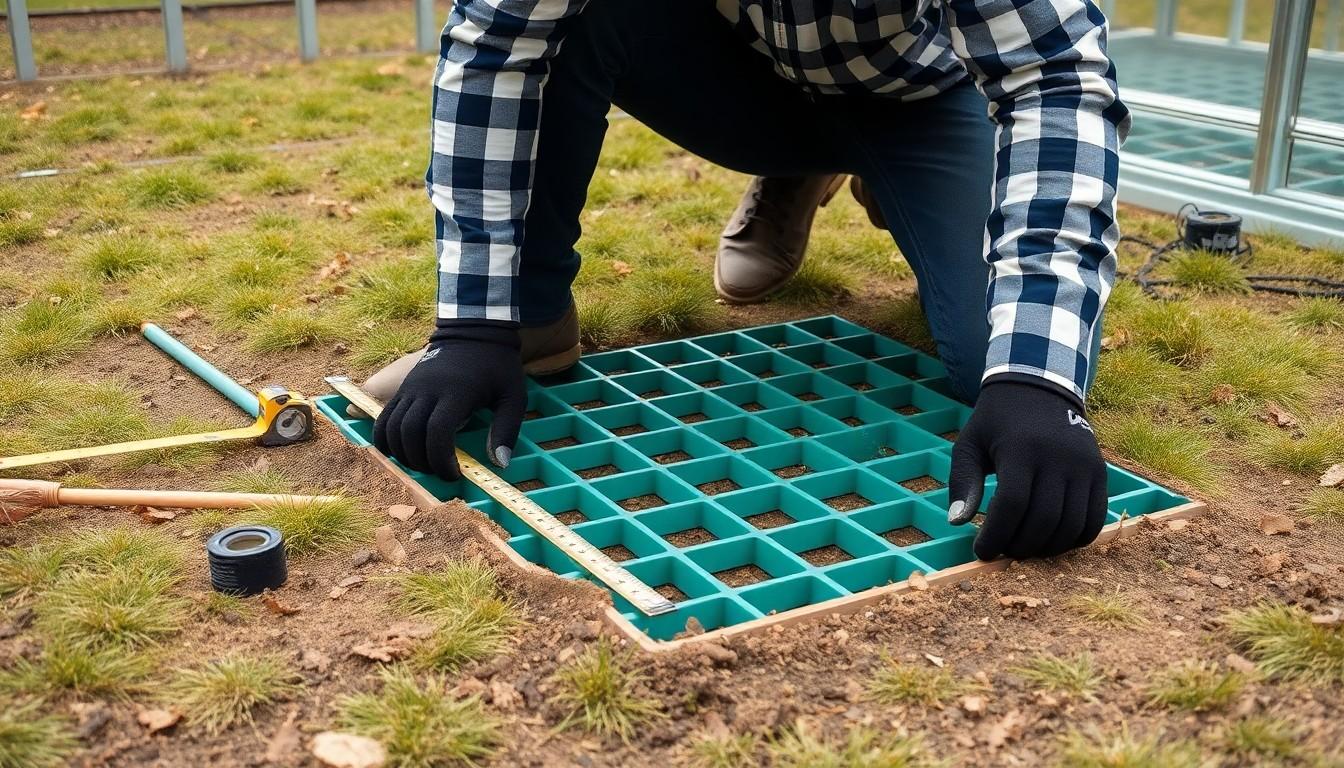
Building a sturdy polycarbonate greenhouse starts from the ground up, and choosing the right foundation is crucial for its long-term stability and performance. A well-constructed foundation not only prevents your greenhouse from shifting in strong winds but also helps it withstand heavy snow loads without requiring additional supports.
Whether you’re considering a wooden beam foundation or a more robust pile system, the choice you make will significantly impact your greenhouse’s durability. Modern polycarbonate greenhouses need proper anchoring to prevent deformation and maintain their structural integrity. With foundation options ranging from economical 100mm x 50mm wooden beams to comprehensive pile systems that accommodate different greenhouse sizes, you’ll find a solution that fits both your needs and local weather conditions.
A greenhouse foundation supports the structure’s weight, stabilises it against environmental forces and maintains level positioning. The base requirements vary based on the greenhouse size, local climate conditions and soil type.
| Foundation Type | Installation Time | Cost Range (£/m²) | Durability (Years) |
|---|---|---|---|
| Concrete Base | 2-3 days | 45-60 | 25+ |
| Paving Slabs | 1-2 days | 30-45 | 15-20 |
| Plastic Grid | 2-4 hours | 25-35 | 10-15 |
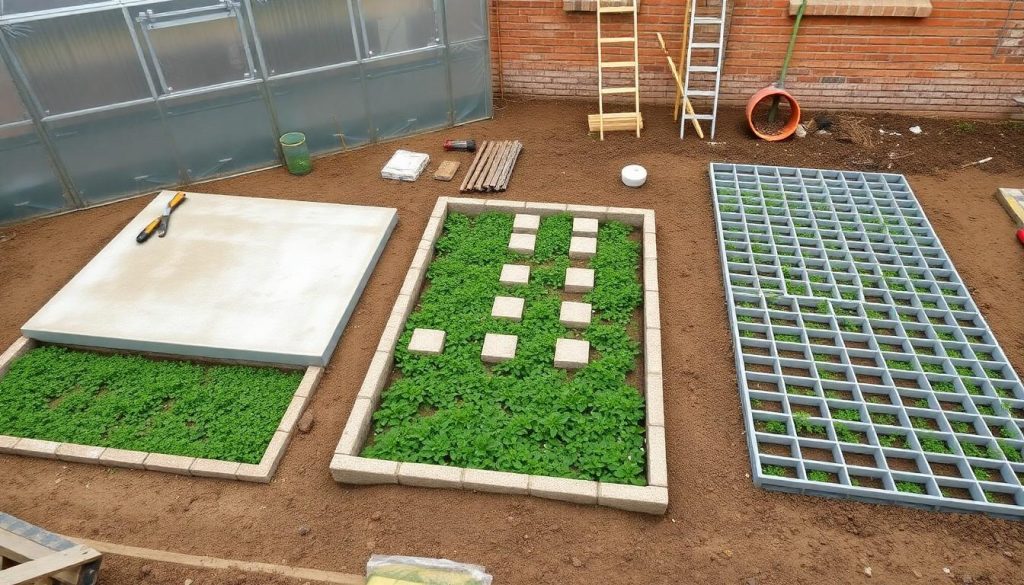
Greenhouse foundations come in three primary types: concrete bases, perimeter systems and plastic grid options. Each foundation type offers specific advantages for polycarbonate greenhouse construction.
Concrete slabs provide maximum stability for polycarbonate greenhouses through their solid construction. The installation process includes:
Key benefits:
Perimeter bases create a stable frame around the greenhouse edge while maintaining soil access inside. The structure includes:
Installation features:
Plastic grid systems offer a lightweight alternative to traditional foundations through interlocking components. Core elements include:
| Foundation Type | Installation Time | Drainage | Relocation |
|---|---|---|---|
| Concrete Base | 2-3 days | Limited | Fixed |
| Perimeter System | 1 day | Good | Possible |
| Plastic Grid | 2-4 hours | Excellent | Easy |

Proper ground preparation creates a stable foundation for polycarbonate greenhouses. Site assessment and ground levelling establish the essential base structure that supports the greenhouse frame.
The site assessment involves clearing debris and checking ground conditions. Remove all vegetation, rocks, roots or other obstacles from the designated area. Test soil stability by:
Ground levelling creates an even surface for the greenhouse foundation. Level uneven areas using these methods:
| Levelling Material | Purpose | Depth Range |
|---|---|---|
| Builders Sand | Fill minor dips | 2-5 cm |
| Pea Gravel | Drainage layer | 5-10 cm |
| Crushed Gravel | Base support | 10-15 cm |
| Limestone Screenings | Foundation post support | 5-8 cm |
The interlocking grid system connects firmly to create a rigid frame while allowing proper drainage through its cells. For sloped sites, dig deeper foundation trenches along the front wall and sides to compensate for the incline.
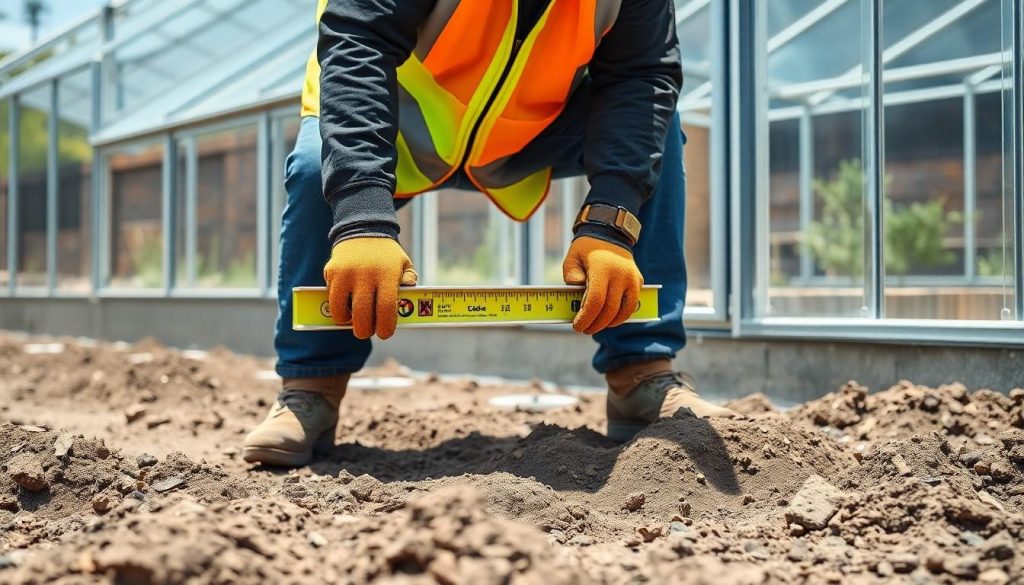
Installing a greenhouse foundation requires precise measurements and proper ground preparation. The installation process ensures stability for your polycarbonate greenhouse through systematic steps and specific tools.
| Material | Quantity per m² | Purpose |
|---|---|---|
| Crushed gravel | 0.1m³ | Base stabilisation |
| Builders sand | 0.025m³ | Level surface |
| Corner blocks | 4 units | Structure support |
| Foundation pins | 6-8 units | Ground anchoring |
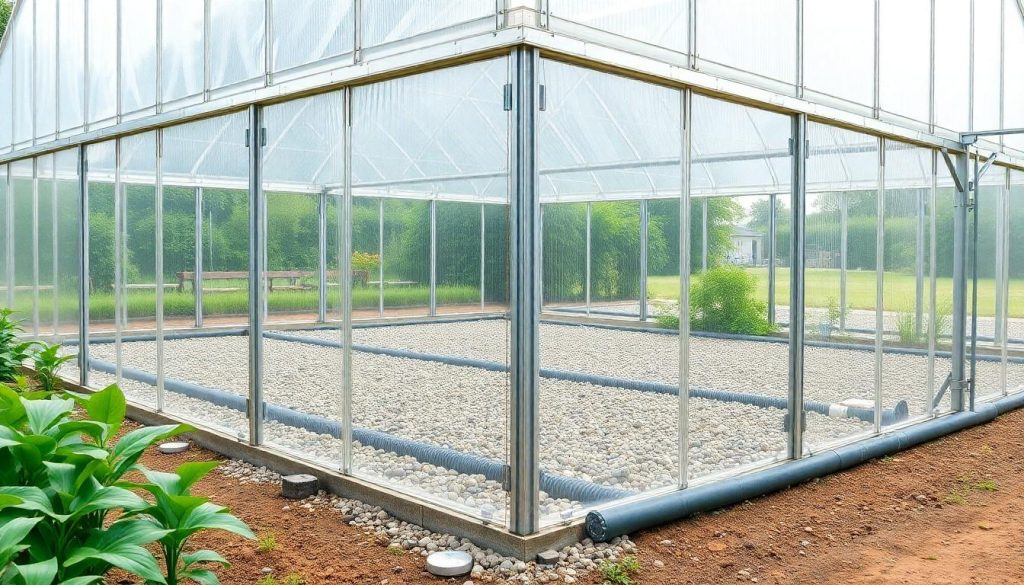
A solid foundation maintains greenhouse stability through proper drainage systems and structural reinforcement techniques. Regular maintenance of these elements extends the greenhouse’s lifespan and enhances its performance during adverse weather conditions.
Effective drainage systems prevent water accumulation around the greenhouse foundation. Installing perforated drainage pipes at a 2% slope directs water away from the structure. Here are key drainage elements:
Structural reinforcement protects the greenhouse foundation from external pressures and environmental stresses. The reinforcement system includes:
| Foundation Element | Specification | Purpose |
|---|---|---|
| Drainage Slope | 2% minimum | Water dispersal |
| Gravel Depth | 15cm | Foundation protection |
| Support Spacing | 60cm | Load distribution |
| Anchor Points | Every 120cm | Wind resistance |
| Corner Bracing | 45 degrees | Structural stability |
The foundation requires inspection after severe weather events and seasonal transitions to maintain its integrity. Check for signs of settling water movement or structural displacement during these inspections.
Building your polycarbonate greenhouse on a solid foundation is crucial for its longevity and performance. Whether you choose a concrete base paving slabs or a plastic grid system your foundation needs to provide stability drainage and support against environmental forces.
Remember that proper ground preparation and regular maintenance are essential steps in protecting your investment. Taking time to assess your site level the ground and install appropriate drainage will save you from potential issues down the line.
By following the guidelines for your chosen foundation type and implementing the right structural support you’ll create a stable environment for your greenhouse to thrive for years to come.
A proper foundation is crucial for greenhouse stability and longevity. It prevents structural shifting in strong winds, supports heavy snow loads, and maintains level positioning. A well-constructed foundation also provides adequate drainage and frost protection, ensuring your greenhouse remains stable in various weather conditions.
Three main foundation types are suitable: concrete base (maximum stability), paving slabs (DIY-friendly), and plastic grid systems (quick assembly). The best choice depends on your specific needs, budget, and local weather conditions. Concrete bases offer the most durability but require professional installation, while paving slabs provide a good balance of stability and cost-effectiveness.
Ground preparation is vital for a successful greenhouse installation. It involves clearing debris, checking soil stability, and creating a level surface. Proper preparation prevents future settling issues and ensures optimal drainage. The ground must be compacted and levelled using appropriate materials like builders sand or pea gravel.
Effective drainage systems include perforated pipes, gravel beds, and French drains. These systems prevent water accumulation around the foundation, which could compromise stability. The foundation should have a slight slope away from the structure, and drainage materials should be properly layered to ensure efficient water dispersal.
Regular foundation inspections are recommended, especially after severe weather events. Check for signs of settling, cracking, or water pooling. Monthly visual inspections and seasonal thorough checks help identify potential issues early. Foundation maintenance should include clearing drainage systems and checking anchor points.
Essential tools include a spirit level, tape measure, string lines, and marking pegs for layout. You’ll also need a shovel, rake, and compacting tool for ground preparation. For concrete foundations, you’ll require mixing equipment, while paving slab installations need a rubber mallet and cutting tools.

Learn how to choose your perfect first greenhouse with our expert guide. Discover size, materials, and features to extend your growing season by 2-3 months.
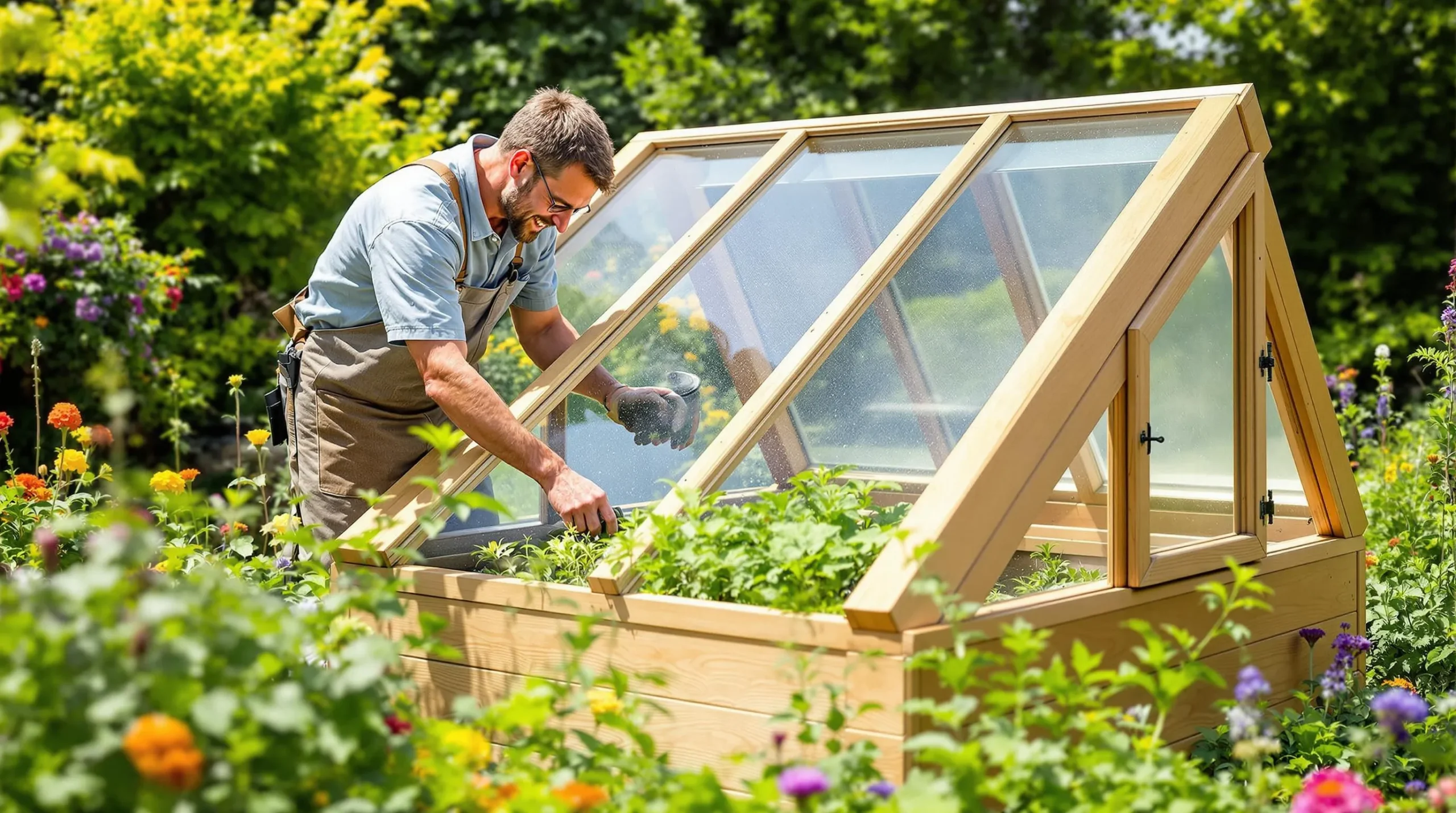
Learn how to make a cold frame to extend your growing season, protect plants in winter, and grow seedlings all year. Simple, cost-effective, and DIY-friendly!